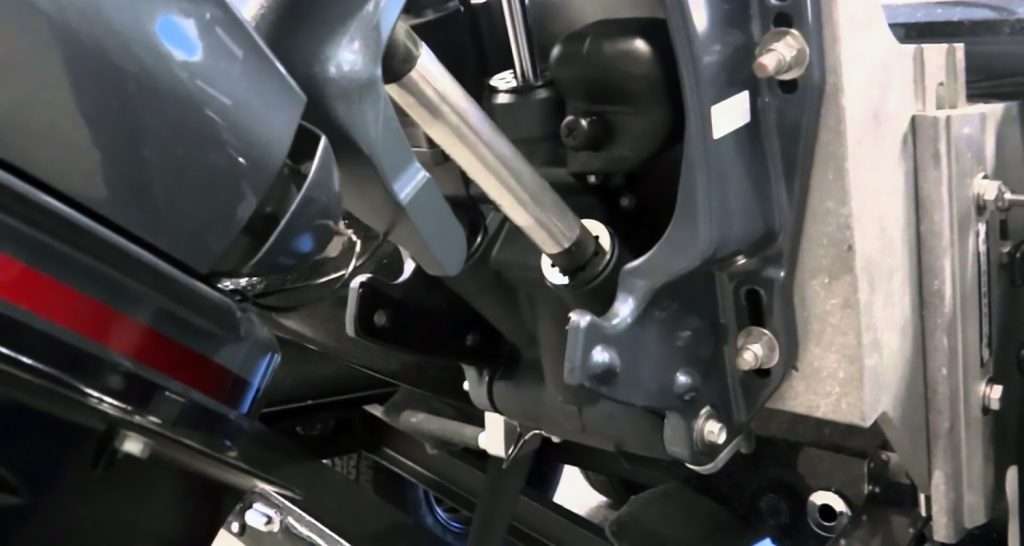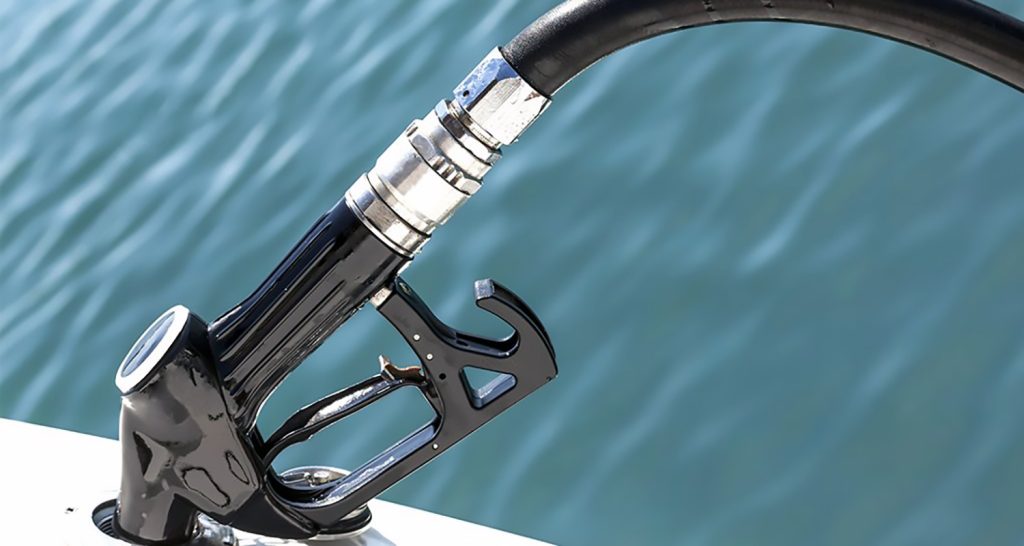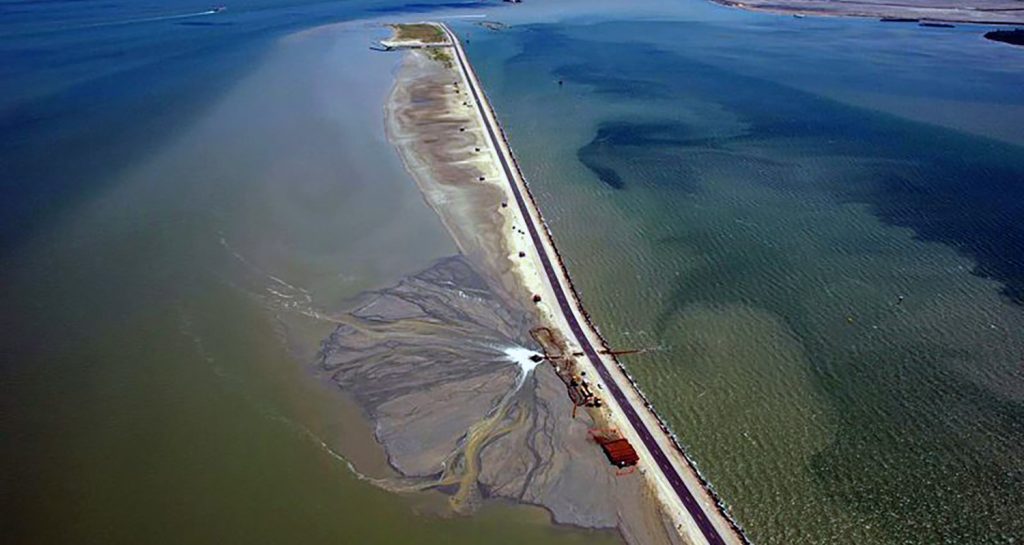Understanding and Troubleshooting Tilt and Trim on Outboard Engines
If you own a boat, the ability to tilt and trim your engine is a feature you'll find on most modern outboard engines. Understanding how your tilt and trim functions, as well as knowing how to perform basic troubleshooting, such as adding tilt and trim hydraulic fluid, will be a valuable resource at some point. Proper use of tilt and trim enhances your boat's performance in a wide variety of situations, from smoothing out a rough ride in large waves to lowering draft in shallower waters.
If the tilt and trim motor is functioning normally but the engine won't rise or lower, slips down while it is in the elevated position, or won't remain trimmed, the fault is likely with the hydraulic pump or the valve body assembly. Addressing these issues promptly is essential to maintaining optimal boat performance.
Adding Tilt and Trim Hydraulic Fluid
The tilt-and-trim system on your outboard engine is hydraulic, and because of this, it occasionally requires additional fluid. This is typically indicated when the system fails to trim entirely or “slips down” after being tilted up. Adding hydraulic fluid is a relatively simple process, but it's crucial to follow the correct steps to ensure the system functions properly.
On top of the hydraulic reservoir, you'll find a screw with a hex head or a slot, which serves as the fill cap. The cylinder-shaped reservoir is typically located in the space provided by the engine mounting bracket's uprights.
Because of its position, usually being directly at the water's edge, the boat needs to be on land with its bow pointing down to level the reservoir, which is tilted at a negative angle of 13 to 15 degrees, the same as the transom. Adjust the tongue jack of the trailer as necessary.
Here's how to add fluid to your tilt and trim unit:
- Raise the outboard and install the support bracket in the appropriate location.
- Remove the screw from the fill hole.
- Fill it up until the fluid is almost spilling over, then wipe away any excess.
- To release trapped air from the engine, rock it back and forth.
- Add additional fluid if needed.
- Repeat steps 4 and 5 if necessary.
- Reattach the screw to its location.
In the event that the tilt and trim hydraulic fluid level is satisfactory, the issue is most likely caused by the hydraulic pump. Indicators of a problem include fluid around the piston assembly and a low fluid level, which may suggest a leak at the seals. At this stage, repairs typically involve removing the pump and either rebuilding or replacing it at a skilled repair facility.
Shop tilt and trim hydraulic fluid to keep your system functioning properly.
Overview
- Most modern outboard engines and boats come equipped with the ability to tilt and trim the engine.
- It's helpful to understand how your tilt and trim system works and how to perform basic troubleshooting.
- Tilt and trim can significantly improve your boat's performance, whether by smoothing out rough rides or lowering the draft in shallow waters.
- If the tilt and trim motor is functioning, but the engine won't rise or fall, slips down when elevated, or won't stay trimmed, the issue is likely with the hydraulic pump or valve body assembly.
- If the hydraulic fluid level is satisfactory, the problem may lie with the hydraulic pump, especially if there is fluid around the piston assembly.
- Fluid around the piston assembly and a low fluid level often indicate leaking seals, necessitating repairs or replacement of the pump.
Explore outboard engine hydraulic pumps to replace or repair your tilt and trim system.





